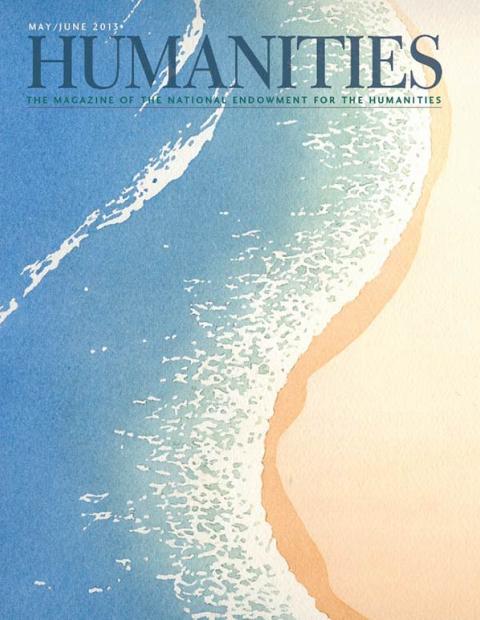The League of the Iroquois, published in 1851, was a seminal work of history and anthropology. The author, Lewis Henry Morgan, was perhaps the first to identify and describe the matrilineal structure of the Iroquois, possibly the most significant aspect of their kinship. Morgan’s writings influenced Karl Marx and Friedrich Engels, and were cited by Charles Darwin and Sigmund Freud.
How did Morgan understand what other non-Indians could have only guessed at? He had invaluable help from a Seneca named Ely Parker, whom Morgan was fortunate to have met in a bookstore in Albany, New York. Parker had been selected by the leaders of his tribal community in Tonawanda, near Buffalo, to get an education and defend their legal interests during a critical juncture in the Indian nation’s negotiations with the state of New York.
Morgan’s narrative charted the cultural decline of the Iroquois, beginning with the arrival of the Europeans, attributing it to the introduction of disease and the perceived inability of the Iroquois to adapt to the technological advances brought by the colonists. This history accurately described how the Iroquois lived and what they believed at the time of Morgan and Parker ’s collaboration. According to Morgan’s book, the Iroquois were, throughout their history, a sedentary farming people, comprising small, stable families. But Jon Parmenter, in his NEH-funded The Edge of the Woods: Iroquoia, 1534–1701, shows that, in light of recent archaeological findings and comparisons of French and English contemporary accounts, this was not entirely accurate.
Parmenter places the accent fully on freedom of movement as the most authentic Iroquois cultural trait. Far from sedentary, the Iroquois had a long tradition of roaming. The New York nations and the Laurentian Iroquois—primarily Mohawks—ranged widely before and after the arrival of Europeans, often controlling movements of other tribes through nuanced rites of passage known as Edge of the Woods ceremonies, which acknowledged the perils of the arriving party ’s journey. Additionally, the Iroquois often intermarried and adopted captives (adults as well as children) whom they treated as their own, all of which helped diversify the gene pool and increase their linguistic skills. (In fact, not long after their first contact with North American Indians, the French saw and understood the value of communicating effectively in their languages. The settler Étienne Brûlé lived with the Hurons, the Wendats, and the Iroquets in 1610–11 and became a truchement, or interpreter/intermediary.)
Parmenter writes that in 1534, during French explorer Jacques Cartier’s first voyage to North America in search of a passage to China, he came upon hundreds of Indians at Gaspé, where his men put up a cross and prayed. The Indians were Iroquois from Stadacona (present-day Quebec City), about four hundred miles from Gaspé, and were engaged in a mourning war, searching for victims from other tribes to assuage their grief. During that first encounter, the Iroquois chief made what Cartier described as a harangue, which the French took to be a counterclaim to the land. Parmenter writes that the chief was in all likelihood asserting Iroquois claims to unfettered mobility throughout the vast woodlands. On a second voyage in 1535, when Cartier visited Hochelaga (present-day Montreal), he was met miles from the palisaded settlement in an Edge of the Woods ceremony. He was escorted to the settlement in a highly nuanced public drama meant to convey the Hochelagans’ control of passage through the forests.
Parmenter’s reinterpretation of Iroquois history through much of the sixteenth and all of the seventeenth centuries offers fresh insight into the vibrant, often creative, manner in which the Iroquois met and successfully challenged Europeans on the edge of their woods.

